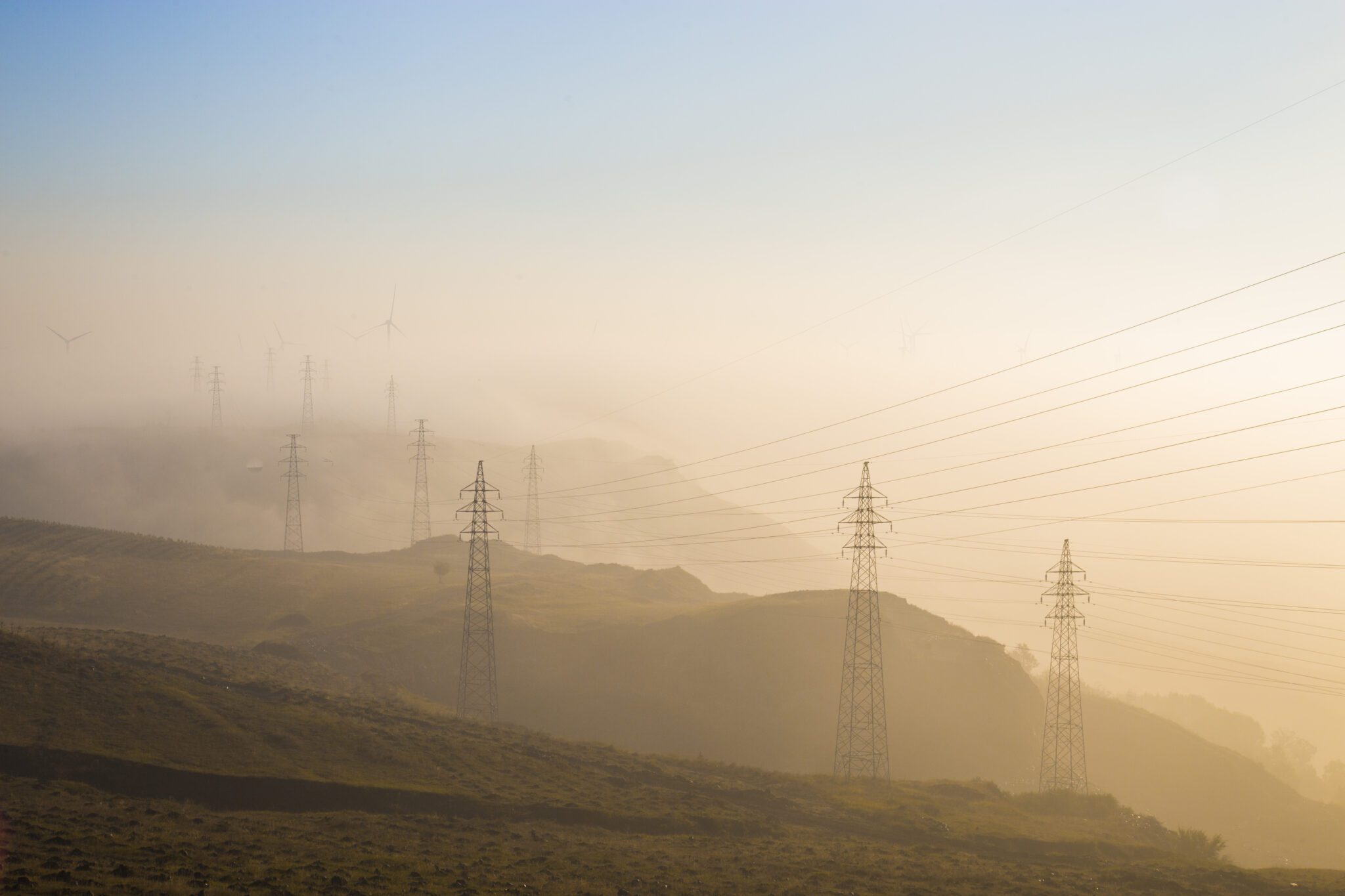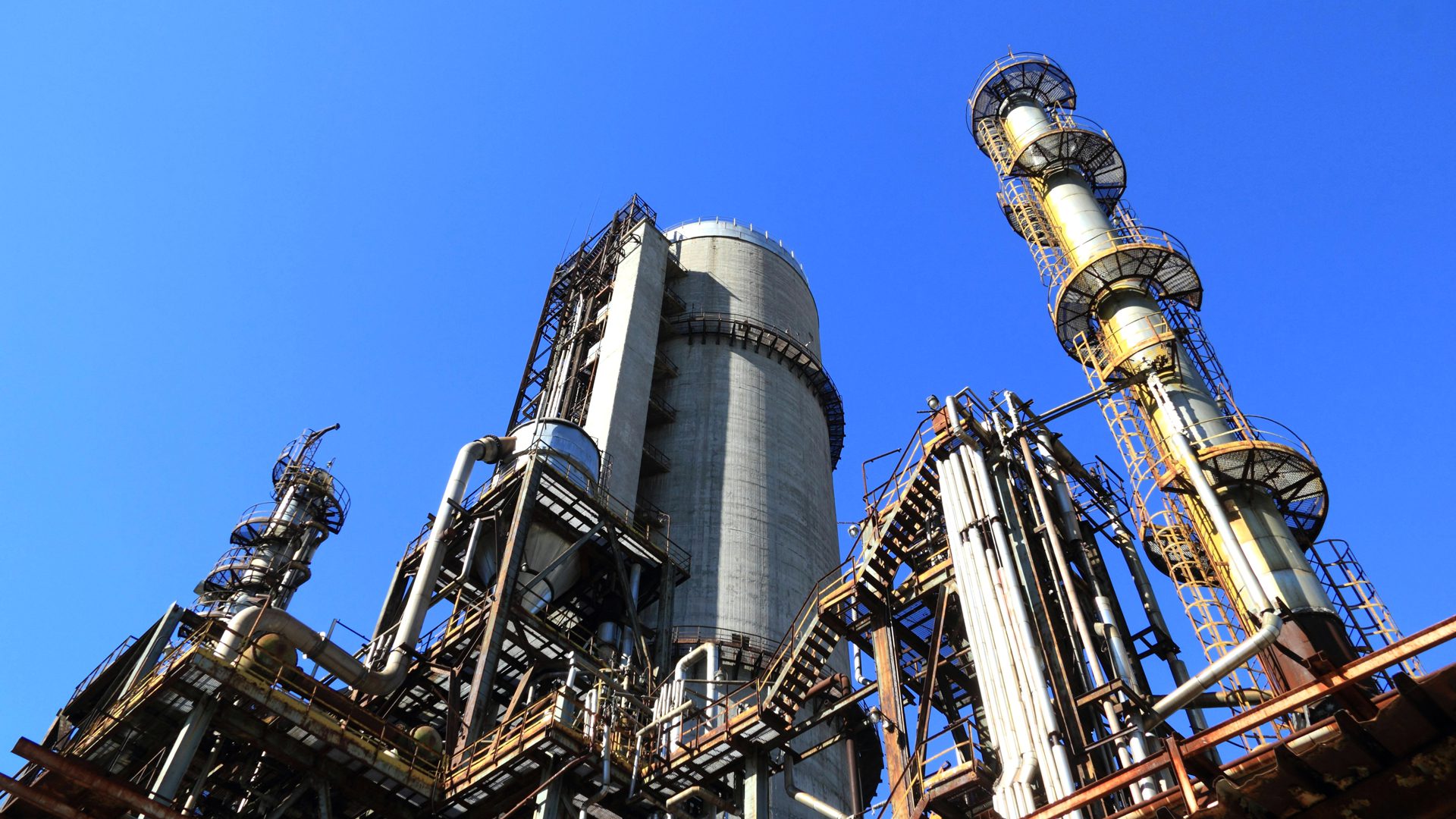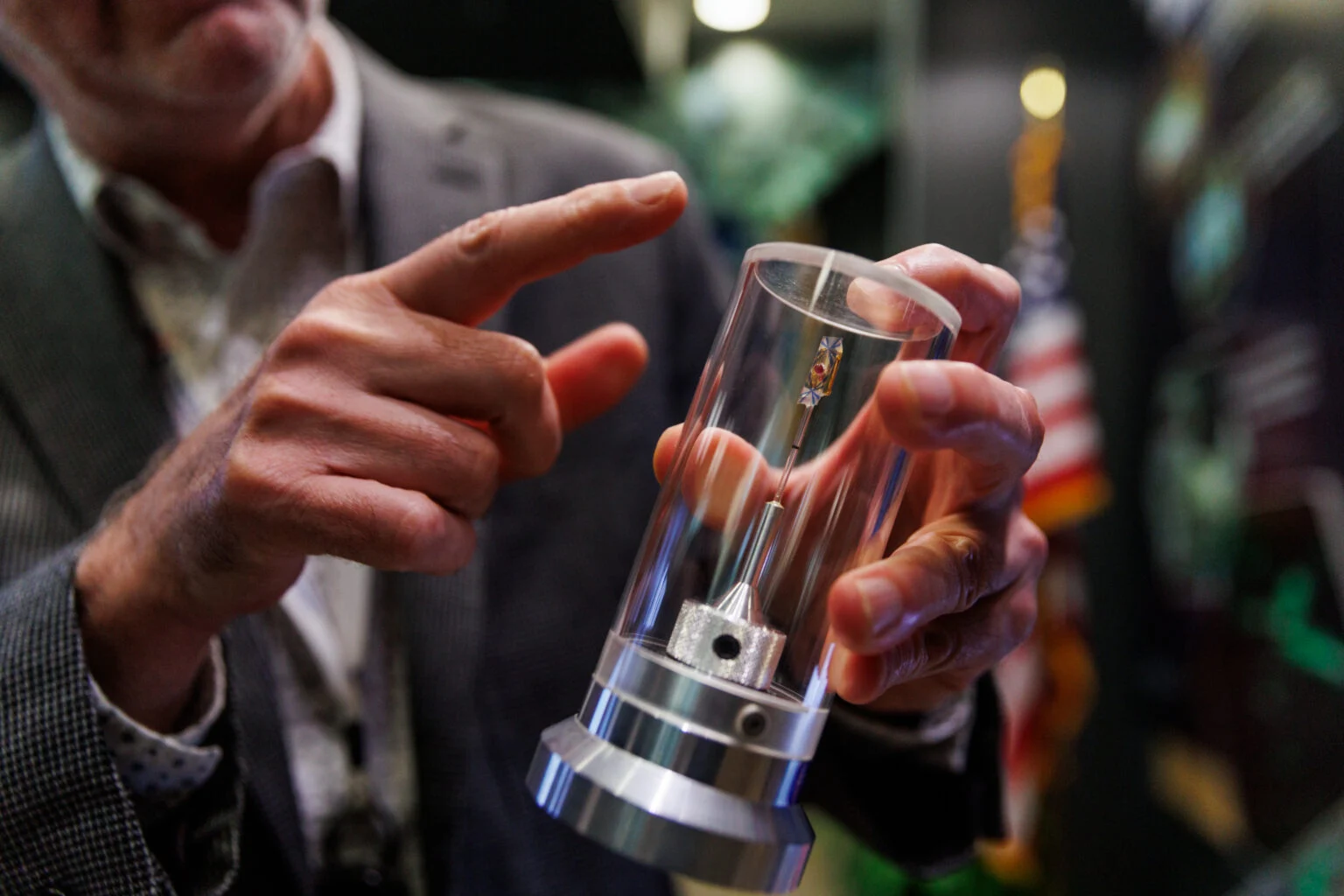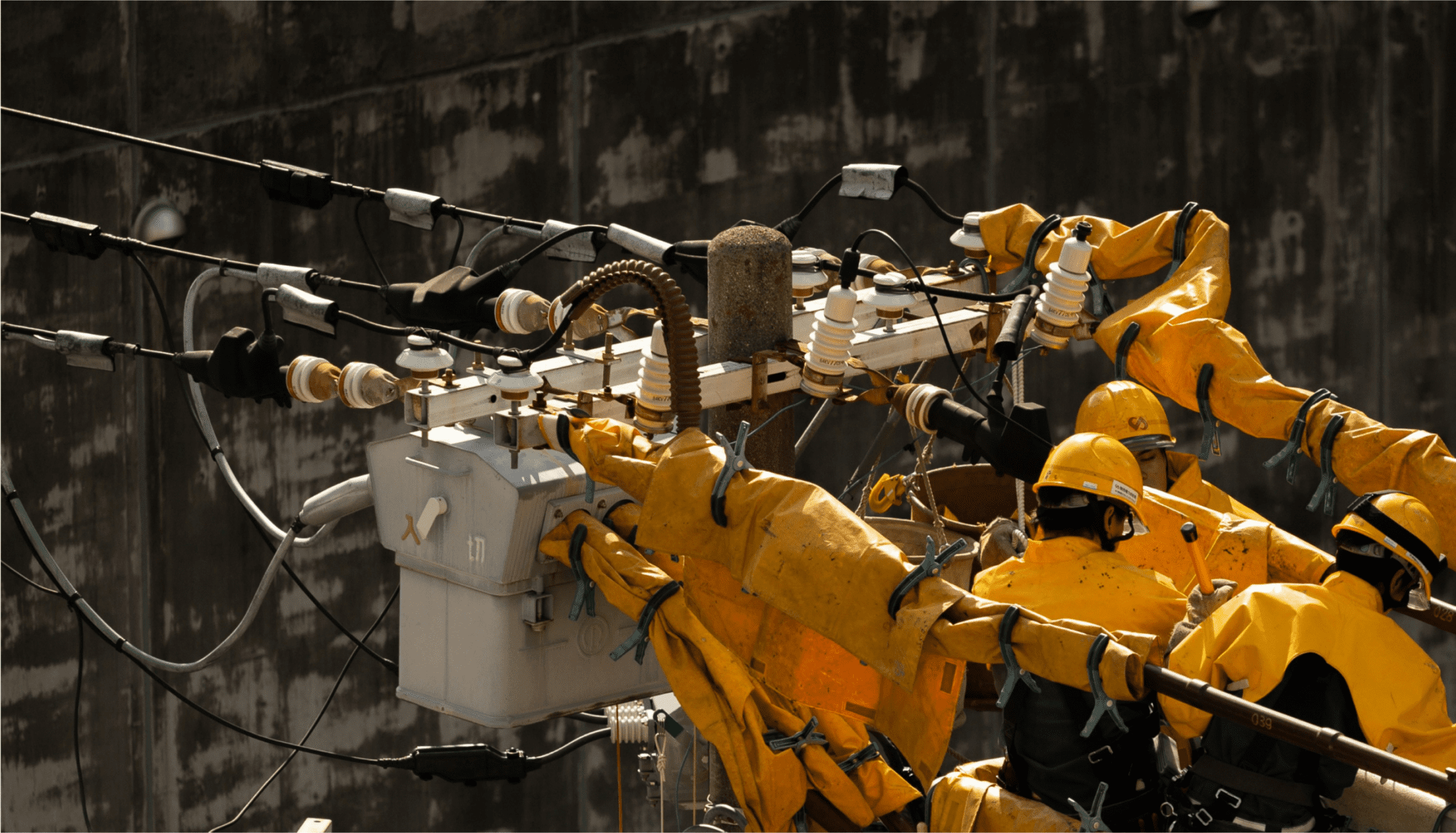Electricity grids are the backbone of today’s energy systems worldwide, ensuring the rapid delivery of power to consumers. Improving grids is critical to enabling growth as the world deploys more renewables and energy demands continue to rise.
In Europe, we need to address the hurdles facing the grid infrastructure to progress toward net-zero targets.
Why grid infrastructure is so crucial
Global investment in renewables such as wind and solar has nearly doubled since 2010, though investment in grids has remained flat at around EUR 274 billion per year. We need infrastructure fit for purpose and connected to European industry, transport, and households for renewables to play their part. From an investment standpoint, for every euro spent on renewable power generation, the same should be invested into upgrading power grids.
In Europe alone, more than EUR 584 billion of investment is needed this decade to achieve the Fit for 55 target of deploying 42.5% renewable power into the grid by 2030, according to the European Commission. Why such a substantial investment? Achieving a modern and digital grid requires infrastructure, including new and upgraded lines, deployment of innovative power grid technologies, energy storage capabilities, and demand response through digitisation.
To reach national targets, countries need to add or refurbish over 80 million kilometres of grids by 2040. According to the IEA, that is the equivalent of the entire existing global grid.
The elephant(s) in the room – investment and permitting
Europe has the biggest synchronous power grid in the world, with more than 93GW of cross-border capacity among its Member States. Power flow exchanges between countries have provided flexibility and helped alleviate congestion in many regions in the past few years.
The opportunity to create a grid that benefits Europe goes beyond its borders. Extending interconnections to other regions, such as North Africa, could create opportunities to support the EU's net-zero targets and benefit from the region's huge solar potential, with some projects underway. It is important, though, to recognise the most immediate priorities. The European electricity grid is also one of the oldest in the world, where the average grid asset age stands at 40 years old. This means that 60% of the total EU grid investment will need to go into basic distribution grid upgrades.
Underinvestment in grids creates a bottleneck for the clean energy transition. The EU Energy Commissioner for Energy, Kadri Simson, stated in an article for Financial Times last year that transmission line buildouts can take up to 10 years. As the IEA identified, at least 3,000GW of renewable power projects (with half of that in advanced stages) are waiting in grid connection queues at the global level—this figure is equivalent to five times the amount of solar PV and wind capacity deployed globally during 2022 alone.
Simplification of permitting and deployment is needed across a host of different technologies. Creating a more efficient permitting process to construct and connect to the grid would also enable Europe to increase the pace of grid upgrades. Permitting is required not only when integrating new power generation but also when big industrial loads request new connections or an expansion of their current electricity supply.
Investing in large-scale power generation is only meaningful if the infrastructure to transmit and store it is also in place. Unlocking permitting and fast-tracking connection is critical to deploying the 1500 GW of renewable energy needed to meet EU climate and energy goals.
Solutions for grid security
As with most parts of the clean energy transition, there is no single solution for grids. Bringing the grid system up to scratch will require capital, technology, partnerships and policy working in harmony. There are four key areas where we can have an immediate impact:
- Regulation needs to be updated to expand grid capacity by improving the use of existing infrastructure and supporting the deployment of new grids.
- Planning and innovation for transmission and distribution grids must be better aligned and integrated with new modeling tools, including innovative power grid technologies and storage.
- Accelerating investment in electricity infrastructure is required to meet national climate targets. This means mobilising private players and finance by ensuring attractive, evenly distributed, remuneration signals. More on the role of investment here.
- Secure supply chains for the full range of innovative electricity grid technologies being developed and ready to deploy. Currently, Europe is home to three of the main cable manufacturers in the world. Energy and industrial policies need to support them and ensure new innovative cleantech start-ups can manufacture in Europe.
In November, the European Commission released its long-awaited plan to overhaul the EU's grids amid industry pressure. The 14-point action plan aims to ensure electricity grids are deployed faster and digitalised to accelerate the transition to renewables. In publishing these plans, Europe has taken a decisive step towards securing its energy future by pinpointing the critical upgrades needed for an electricity grid that is robust, resilient, and ready for the demands of a sustainable future. The true test lies in transforming it from vision to reality.
Achieving net zero in Europe remains a formidable challenge, yet one that promises a cleaner, greener, and more prosperous continent.







